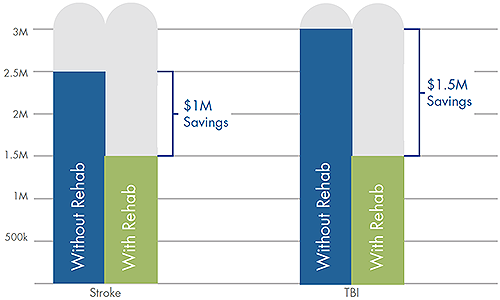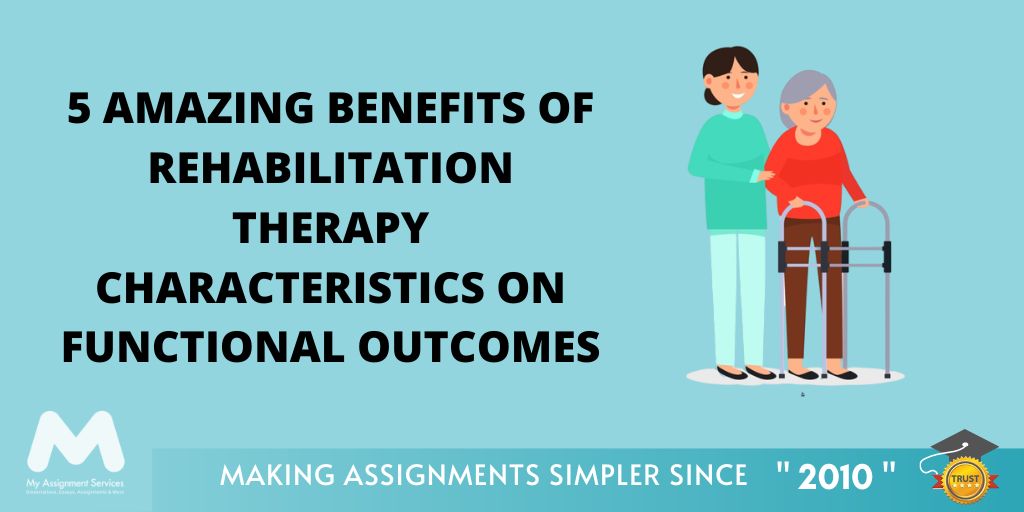Unknown Facts About Narconon Africa
Unknown Facts About Narconon Africa
Blog Article
The 8-Second Trick For Narconon Africa
Table of ContentsNarconon Africa Can Be Fun For AnyoneIndicators on Narconon Africa You Should KnowThe Facts About Narconon Africa RevealedThe Narconon Africa DiariesThe smart Trick of Narconon Africa That Nobody is DiscussingNarconon Africa Fundamentals ExplainedAn Unbiased View of Narconon Africa
In a series of papers with Manudeep Bhuller and Katrine V. Lken, we overcome these information challenges and the nonrandomness of jail time, supplying new insights into just how incarceration influences relapse, work, youngsters, and criminal networks - Nonmedical detox. Figure 1 Our job researches the results of imprisonment in Norway, a setup with 2 essential benefitsWe can additionally link this details to various other member of the family, consisting of children and siblings. Moreover, we have information on co-offending that allows us to map out criminal networks for observed crimes. Second, we can leverage the arbitrary task of criminal cases to courts that differ in their propensities to send offenders to jail.
Some judges send defendants to jail at a high rate, while others are much more tolerant. We determine a judge's stringency as the average imprisonment price for all other cases a court handles, after regulating for court and year fixed impacts, which is the degree of arbitrary assignment. This quasi-random assignment of judge stringency can be used as an instrument for incarceration, as it strongly predicts the judge's choice in the current situation, yet is uncorrelated with various other instance characteristics both by style and empirically.
Not known Details About Narconon Africa
Qualities of prisoners, consisting of demographics and criminal activity groups, are extensively similar in Norway and various other nations, consisting of the USA, with the exceptions that the United States murder price is a lot higher, and race plays a bigger function there also. What sticks out as various, particularly contrasted with the United States, is the jail system.
Figure 2In Norway, the typical time spent behind bars is a little over six months, which resembles most other Western European countries. This contrasts with average US prison time of practically 3 years, which is in huge part the factor the United States is an outlier in its imprisonment price compared with the remainder of the world [Number 1]
The 8-Minute Rule for Narconon Africa
This supplies a lot more separation in between minor and hardened wrongdoers than exists in the USA. There is no overcrowding in Norwegian jails and far better individual security, with each prisoner being assigned to their own cell and a greater inmate-to-staff ratio than in the United States (https://www.awwwards.com/narcononza12/). Prisons in Norway additionally use well-funded education, drug treatment, mental health and wellness, and job training programs
Our research study on the results of incarceration on the offender, making use of the arbitrary assignment of judges as an instrument, yields 3 crucial findings. Initially, imprisonment inhibits additionally criminal habits. We discover that imprisonment lowers the probability that a person will reoffend within five years by 27 percentage factors and reduces the equivalent number of criminal fees per individual by 10 charges.
Narconon Africa Fundamentals Explained
We find substantial reductions in reoffending likelihoods and advancing billed criminal activities also after accuseds are launched from prison. Our second result is that predisposition due to option on unobservable individual characteristics, if neglected, causes the erroneous final thought that time spent in prison is criminogenic. If we merely contrast criminal offenders sentenced versus those not sentenced, we discover favorable associations between incarceration and succeeding crime.
This stands in contrast to our evaluation based upon the random project of judges, which finds an opposite-signed outcome. Third, the decrease in criminal activity is driven by individuals who were not working before incarceration. Amongst these individuals, imprisonment boosts participation in programs routed at enhancing employability and lowering recidivism, and this eventually raises employment and incomes while discouraging criminal behavior.

Jail time creates a 34 percentage point increase in engagement in task training programs for the formerly nonemployed, and within five years their employment price boosts by 40 portion factors. At the very same time, the likelihood of reoffending within five years is reduced by 46 portion points, and there is a decrease of 22 in the average number of criminal costs.
Narconon Africa - Questions

A plausible explanation for the difference is that additional hints Norway's jail system differs noticeably, both in regards to prison-term length and prison problems, from the US jail system. While understanding the effects of imprisonment on the transgressor is a vital first action, recording spillover impacts is also essential for examining criminal justice plan and creating effective prison systems.
Narconon Africa for Beginners

Average least squares estimates disclose that children of incarcerated papas are 1 percentage factor most likely to be charged with a crime, about a mean of 13 percent, and reveal no effect on institution qualities. Utilizing our court stringency instrument, we find no analytical proof that a papa's incarceration impacts a child's very own crime or college grades, yet we are not able to dismiss modest-sized effects.
The Facts About Narconon Africa Revealed
We define criminal teams based on network web links to prior criminal instances. Our analysis yields three main findings. Initially, when a criminal network participant is put behind bars, their peers' possibility of being charged with a future criminal offense reduces by 51 portion factors over the next four years. Similarly, having an older sibling put behind bars reduces the likelihood his more youthful brother will certainly be charged with a crime by 32 percentage factors over the next four years.
Report this page